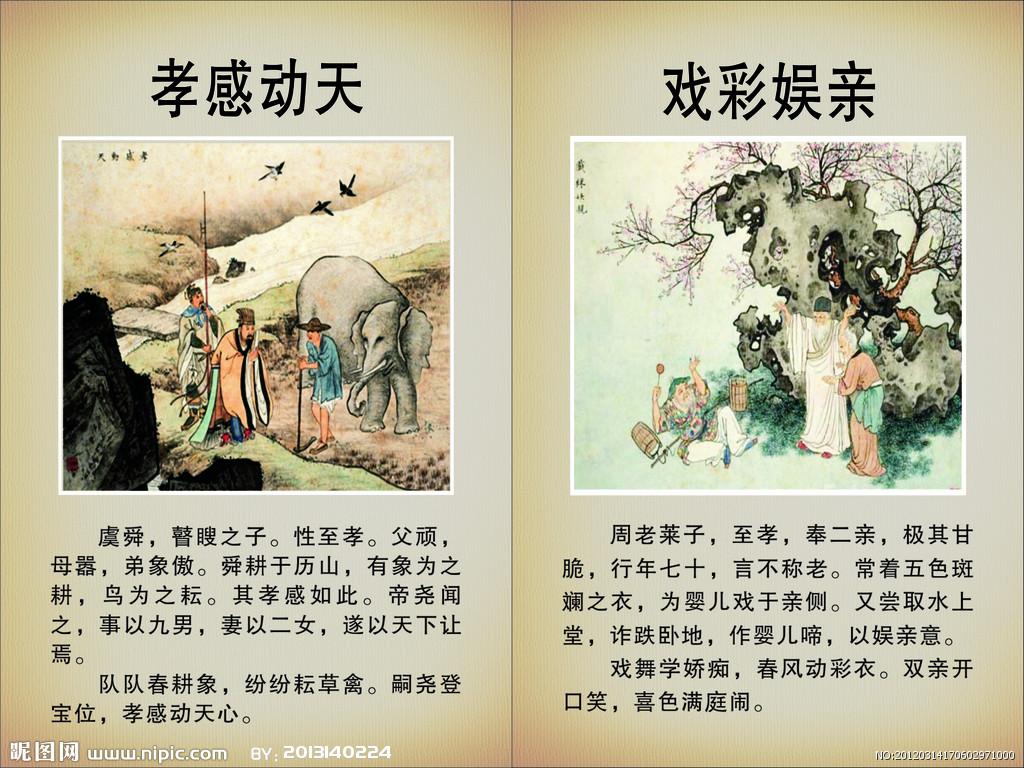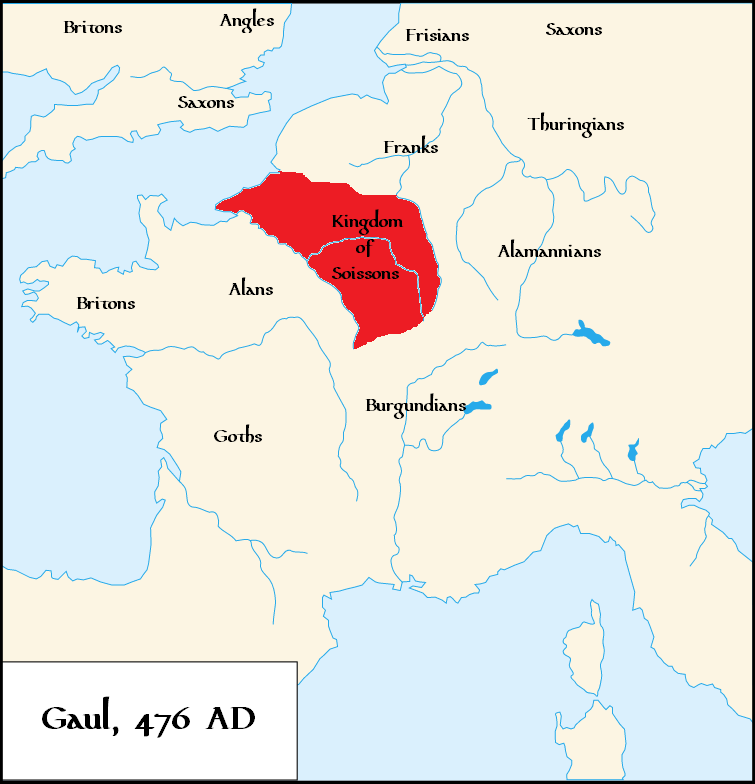主保聖人
saint patron
αἰγῐ́ς
αἰγῐ́ς • (
aigís)
f (
genitive αἰγῐ́δος);
third declension
- the aegis; a shield of Zeus or cloak of Athena
Homer, Iliad 5.738
Aeschylus,
The Eumenides 404
Herodotus,
Histories 4.189
- a goat-skin coat
Aegidius (died 464 or 465) was the ruler of the short-lived Kingdom of Soissons from 461–464/465 AD. Before his ascension, he became magister militum per Gallias (Master of the Soldiers for Gaul) serving under Aetius, in 458 AD. An ardent supporter of Majorian, Aegidius rebelled against Ricimer when he assassinated Majorian and replaced him with Libius Severus; Aegidius may have pledged his allegiance to Leo I, the Eastern Roman Emperor. Aegidius repeatedly threatened to invade Italy and dethrone Libius Severus, but never actually launched such an invasion; historians have suggested he was unwilling to launch an invasion due to the pressure of the Visigoths, or else because it would leave Gaul exposed. Aegidius launched several campaigns against the Visigoths and the Burgundians, recapturing Lyons from the Burgundians in 458, and routing the Visigoths at the Battle of Orleans. He died suddenly after a major victory against the Visigoths; ancient historians say that he was assassinated, but do not give the name of the assassin, whereas modern historians believe it is possible that he died a natural death. After his death he was succeeded by his son Syagrius, who would be the second and last ruler of the Kingdom of Soissons.
In historiography, the Kingdom or Domain of Soissons refers to a rump state of the Western Roman Empire in northern Gaul, between the Somme and the Seine, that lasted for some twenty-five years during Late Antiquity. The rulers of the rump state, notably its final ruler Syagrius, were referred to as "Kings of the Romans" (Latin: rex Romanorum) by the Germanic peoples surrounding Soissons, with the polity itself being identified as the Regnum Romanorum, "Kingdom of the Romans", by the Gallo-Roman historian Gregory of Tours. Whether this title was used by Syagrius himself, who claimed to be governing a Roman province and not a state independent from central imperial authority, or was applied to him by the barbarians surrounding his realm in a similar way to how they referred to their own leaders as kings is unknown.
Saint Aegidius or Saint Giles (c. 650 – c. 710), hermit saint from Athens
Proper noun
Aegidius
- A male given name from Ancient Greek of historical use.
Related terms
GILES (Gil, Gilles), ST, the name given to an abbot whose festival is celebrated on the 1st of September. According to the legend, he was an Athenian (Λἰγίδιος, Aegidius) of royal descent. After the death of his parents he distributed his possessions among the poor, took ship, and landed at Marseilles. Thence he went to Arles, where he remained for two years with St Caesarius. He then retired into a neighbouring desert, where he lived upon herbs and upon the milk of a hind which came to him at stated hours. He was discovered there one day by Flavius, the king of the Goths, who built a monastery on the place, of which he was the first abbot. Scholars are very much divided as to the date of his life, some holding that he lived in the 6th century, others in the 7th or 8th. It may be regarded as certain that St Giles was buried in the hermitage which he had founded in a spot which was afterwards the town of St-Gilles (diocese of Nîmes, department of Gard). His reputation for sanctity attracted many pilgrims. Important gifts were made to the church which contained his body, and a monastery grew up hard by. It is probable that the Visigothic princes who were in possession of the country protected and enriched this monastery, and that it was destroyed by the Saracens at the time of their invasion in 721. But there are no authentic data before the 9th century concerning his history. In 808 Charlemagne took the abbey of St-Gilles under his protection, and it is mentioned among the monasteries from which only prayers for the prince and the state were due. In the 12th century the pilgrimages to St-Gilles are cited as among the most celebrated of the time. The cult of the saint, who came to be regarded as the special patron of lepers, beggars and cripples, spread very extensively over Europe, especially in England, Scotland, France, Belgium and Germany. The church of St Giles, Cripplegate, London, was built about 1090, while the hospital for lepers at St Giles-in-the-Fields (near New Oxford Street) was founded by Queen Matilda in 1117. In England alone there are about 150 churches dedicated to this saint. In Edinburgh the church of St Giles could boast the possession of an arm-bone of its patron. Representations of St Giles are very frequently met with in early French and German art, but are much less common in Italy and Spain.
See Acta Sanctorum (September), i. 284-299; Devic and Vaissete, Histoire générale de Languedoc, pp. 514-522 (Toulouse, 1876); E. Rembry, Saint Gilles, sa vie, ses reliques, son culte en Belgique et dans le nord de la France (Bruges, 1881); F. Arnold-Forster, Studie















